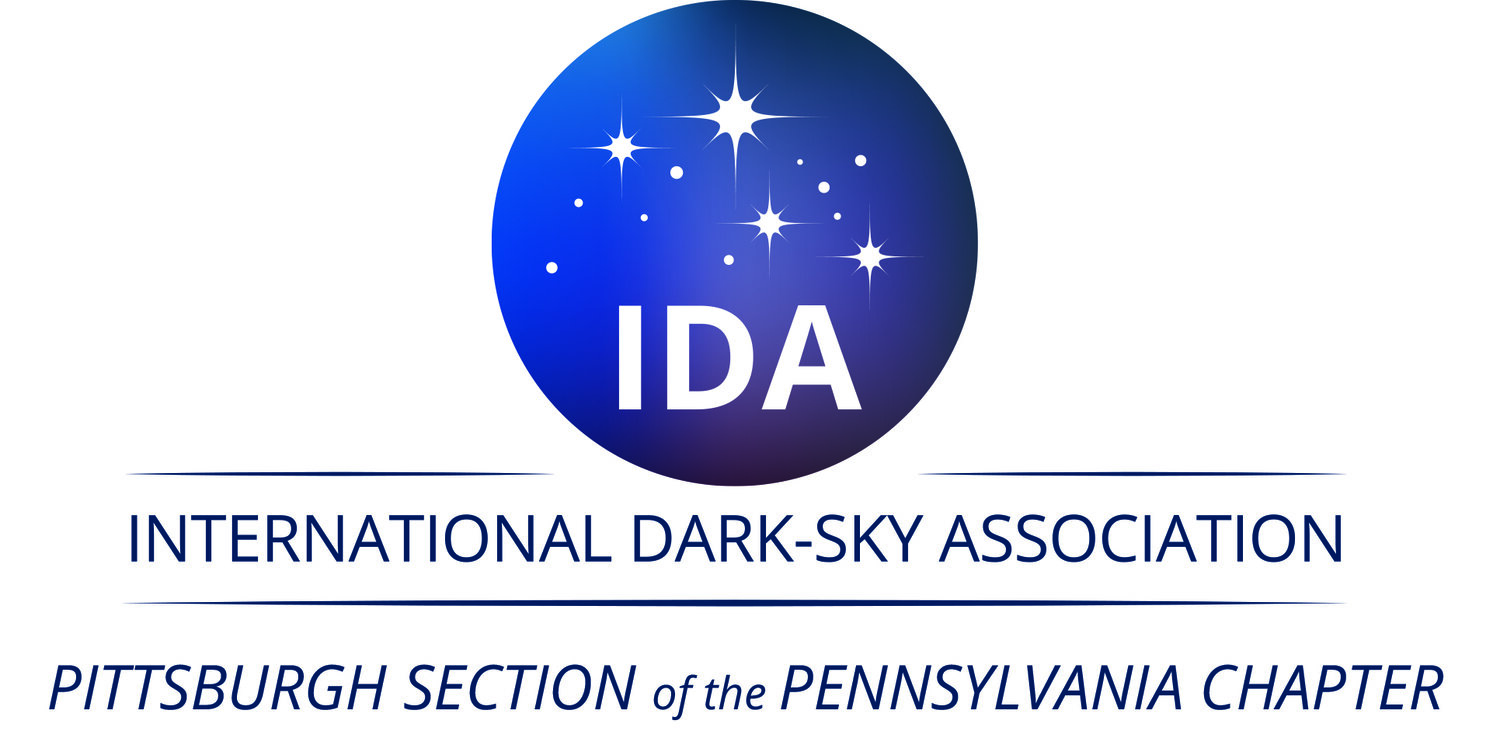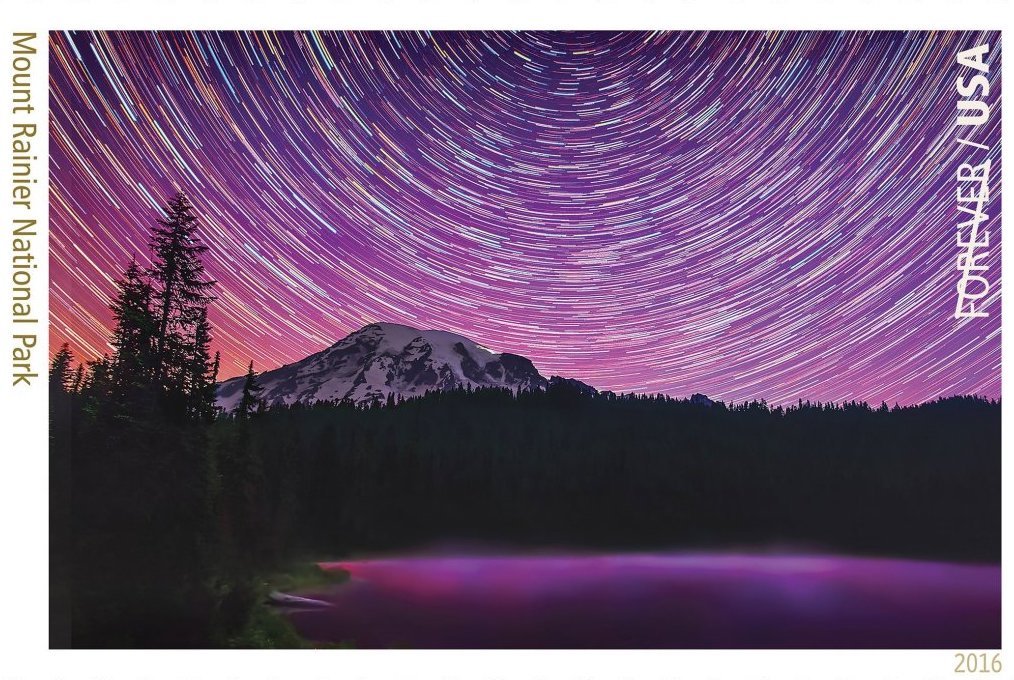Matthew Dieterich Interview
Snapshot of the Stars
by Julia Lu
Deep within the mysterious Chilean mountains hides some of the darkest skies on Earth. The Milky Way stretches from horizon to horizon made up of thousands of stars, bright enough to cast a ghostly shadow. In this overwhelmingly unfamiliar silence, the mechanical eye’s lens opens wide to capture a stunning sight few will experience in their lifetimes.
Matthew Dieterich is the man behind this camera. I had the pleasure of interviewing him to learn about his journey into photography. You may recognize his iconic photo of the northern lights above Mount Rainier, part of a 2016 United States Postal Service limited edition Forever Stamp print.
My photograph was 1 of 16 selected for the National Park Service stamp release to celebrate their 100th anniversary during 2016.
-Matthew Dieterich
An astrophotographer with a background in geology, his mission is to bring this dark sky experience to people through a variety of hands-on workshops. At the same time, he works for PlaneWave Instruments, and he is on the road for much of the year installing observatory gear across the globe.
Astrophotography involves knowledge that is a mix between mechanical, the camera, and digital worlds. Matt says his fascination with the stars as a child is what initially drew him to perfecting these images. He wanted a challenging, hands-on activity that not everybody was already familiar with. And so, he invested in emerging technologies and learned the interactions within software to document beautiful visuals.
Matt pursued an education around environmental science, chemistry, and eventually focused on geology. Geology is not a typical pathway into an astronomy-related career but gave way to a multitude of opportunities to experience the dark sky. In 2015, Matt started working in a program for geologists in partnership with the National Parks Service. That summer, he spent time at Mount Rainier National Park as an Astronomy Education Ranger, teaching visitors about the night sky and astrophotography skills. He explained that it was “one of the best summers” and that he would love to “live under those kinds of skies.” While working there, he met visitors of all backgrounds who were there to experience a world invisible from within cities.
Many people either do not have the ability or lack the desire to seek out opportunities to see the natural sky untarnished by light pollution. But you do not have to go to Chile or the National Parks to see more stars. Matt suggests finding a mentor or buddy with some astronomy interest to take you out to a dark sky. Local astronomy clubs are present throughout the world and often host star parties or informational sessions that are open to the public. For those seeking more experience-based learning, Matt offers guided workshops about the capturing and postprocessing of night photos or time-lapsed images. These workshops allow you to “get under good, dark skies to connect to it and take some cool photos along the way.” You can keep up with updates on these workshops and the photos Matt takes on his Instagram (handle mattdieterich).
Observing the night sky is fundamental to our being and most, once able to truly see it, are drawn by its wonder. Matt realized that “we’re so connected through the night sky” and that it transcends our differences.

